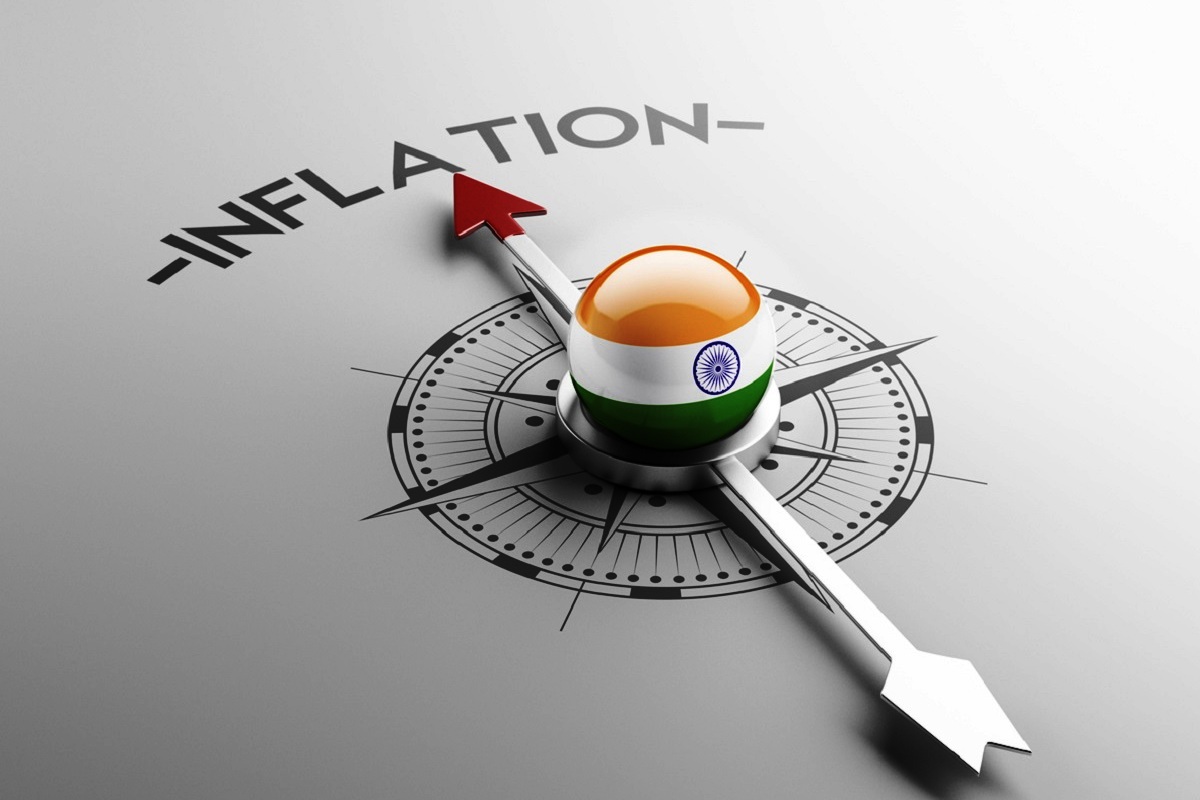Fiscal Path
A recent IMF report offers key insights for India amid an increasingly debt-laden global economy.
Notwithstanding claims of making structural reforms in the agriculture markets, very little advantage has been felt in the countryside with both global and domestic research institutions focusing on the hapless state of finances in rural homes.

(Representational Image: IANS)
Despite the headwinds that the government has faced vis-a-vis inflation targeting, the Consumer Price Index has remained below four per cent for at least eight months, leading to the apparently happy circumstances in which price rise has not been the dominant issue in the current campaigning for the country’s 17th Lok Sabha.
The larger questions are whether matters can be thus maintained and whether the manner in which inflation has been targeted will pan out well for the incumbent government. Paying the price for the country managing to extricate itself from the double digit inflation trap has been the agriculturist who has faced a sustained food disinflation with terms-of-trade for farmers sinking “to their lowest in over 35 years” and causing a turmoil in India’s countryside that cannot be overlooked.
Regrettably, much of the serious discourse on inflation targeting seems to be guilty of doing just this, even though it accommodates factors such as rising oil prices and a possibly indifferent monsoon. Matters may have been evened out had the government had even minimal success with increasing farm incomes through other means.
Advertisement
Notwithstanding claims of making structural reforms in the agriculture markets, very little advantage has been felt in the countryside with both global and domestic research institutions focusing on the hapless state of finances in rural homes. In fact, in revising projections for the growth rate in India’s gross domestic product downwards for 2019-20 to 6.8 per cent and 2020-21 to 7.1 per cent, Fitch Ratings has held muted food inflation as a primary culprit and by falling in the “negative territory late last year”, it weighed on farmer incomes and impacted the growth story.
Even data from the Centre for Monitoring Indian Economy confirms that the average rural wage growth has been at a low single-digit since 2015-16 compared to high double-digit growth in the previous years. To argue that structural reforms have considerably spared the broader rural economy from the contagion of the farming stress is foolhardly at best because there is no rural venture that is delinked from the farm economy; from the families that the labour comes from to, often, the raw material.
Even the recent Reserve Bank release on the minutes of the Monetary Policy Committee in early April 2019, do not show members of the committee addressing the issue, save for Viral V Acharya who referred to the “fiscal responses to deal with agrarian distress resulting from low food prices”, which can impart a significant upside risk to the inflation trajectory.
Advertisement